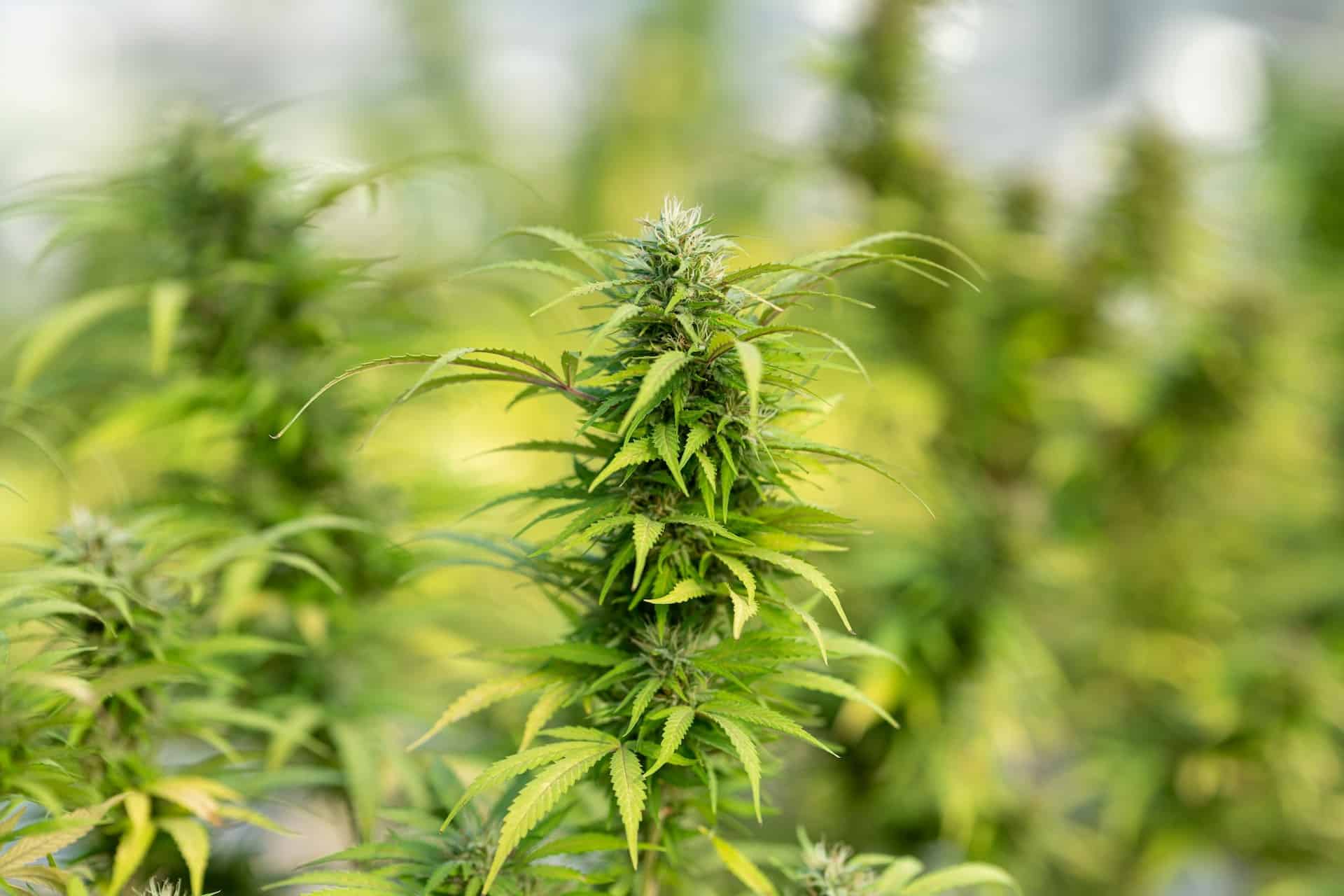The United States Drug and Enforcement Administration (“DEA”) has issued a letter deeming delta-8 and delta-9 versions of THC-O to be Schedule I controlled substances under the Controlled Substances Act (“CSA”).
To provide some context, after the federal 2018 Farm Bill legalized hemp across the nation, a staggering number of products containing hemp-derived cannabinoids have been released. Products containing CBD were the first to gain widespread popularity, but enterprising parties started releasing products that contained hemp-derived psychoactive cannabinoids, the most predominant being delta-8 THC. Delta-8 THC is generally considered to be approximately half as psychoactive as delta-9 THC, the main ingredient in marijuana that is distributed under state medical or adult-use licensing regimes. Delta-8 THC occurs naturally in the cannabis plant in only trace amounts, so the majority of products containing delta-8 THC have been produced by converting CBD into delta-8 THC. While hemp-derived delta-8 THC has been made explicitly illegal under the laws of over twenty states, the DEA and a federal appeals court have deemed delta-8 THC to be lawful if it is derived from hemp, because it falls under the definition of hemp in the Farm Bill.
THC-O acetate is another psychoactive cannabinoid that has been synthetically derived from hemp and added to products, and its appeal appears to lie in the fact that it is allegedly 3 times as strong as standard delta-9 THC and has not been made explicitly illegal in as many states as delta-8 THC. Unfortunately, a study published in the Journal of Medical Toxicology in January 2023 found that the combustion of THC-O, as occurs when smoking from a vaping product, produces ketene. Ketene is a potent lung toxicant that is also produced by the combustion of vitamin-E acetate, the additive that bears structural similarity to THC-O and is commonly considered the cause of the 2019-2020 vaping crisis, in which an outbreak of EVALI lung disease among users of illicit vaping products claimed 60 lives and numerous other casualties in the U.S.. Unfortunately, THC-O products are being distributed with virtually no regulatory oversight due to the limited resources and enforcement capabilities of the United States Food and Drug Administration (which only recently opted not to regulate CBD in ingestible products despite years of waiting for regulations).
With this backdrop, the DEA seemingly took a step toward ensuring public safety by clarifying its position that THC-O is not lawful, even if it is derived from hemp. The basis of its decision is that THC-O is not a naturally occurring cannabinoid in the plant, and so it can only be created through chemical synthesis. The DEA found that THC-O therefore does not fall under the definition of lawful hemp, which distinguishes it from a psychoactive cannabinoid like delta-8 THC that the DEA deems lawful because it occurs naturally in the plant, so long as the delta-8 THC is derived from hemp (even if there is an intermediate step of converting CBD into delta-8 THC).
While this guidance that cannabinoids found in the plant will be considered lawful if they are derived from hemp is helpful, it should be noted that this entire regulatory structure may change when a new Farm Bill is expected to pass in 2023. Congresswoman Chellie Pingree (D-Maine) has already proposed incorporating certain provisions of her proposed Hemp Advancement Act into the Farm Bill, thereby addressing products that include not just delta-9 THC derived from hemp, but also delta-8 THC and delta-10 THC. With ample time remaining before amendments to the Farm Bill are addressed, it is possible that further editing of the Hemp Advancement Act may address items such as THC-O .





